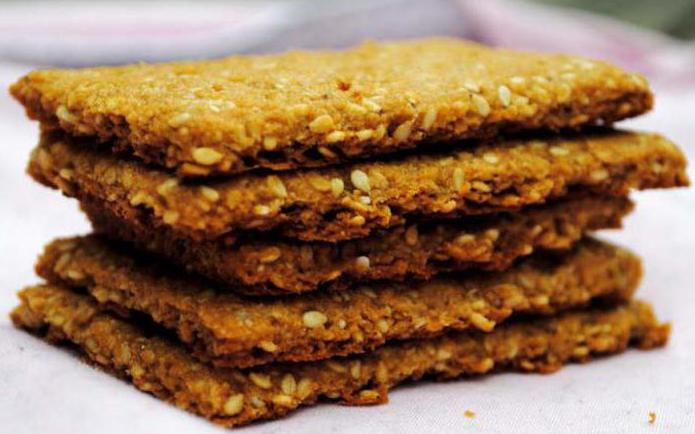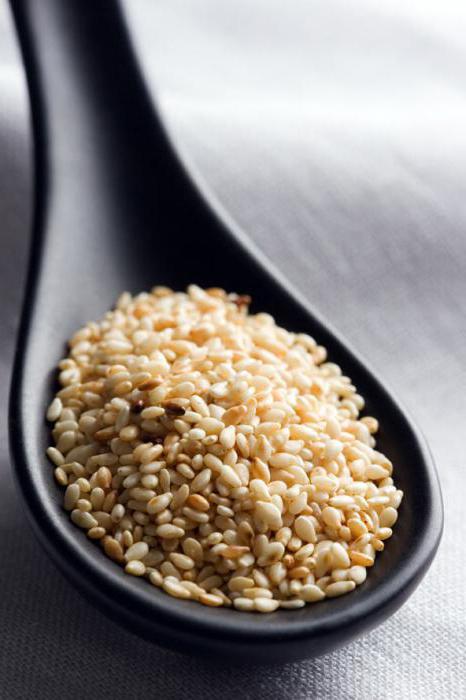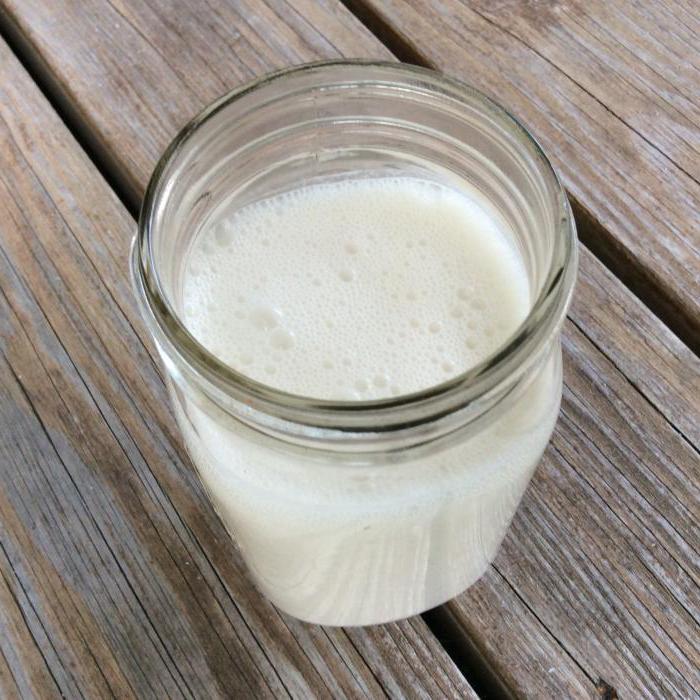Having given birth to a baby, a young mother does everything so that her baby is healthy. But often the crumbs suffer from colic. That is why a woman should know exactly what she can eat, and what will have to be abandoned. There are products about which a lot has been written, but there are also those about which there is almost no discussion. At the moment, we will try to find the answer to the question: is it possible to sesame with breastfeeding?

What is sesame
An annual herbaceous plant from the family of oilseeds has such a name. Since ancient times, it has been used for the production of oil. Sunflower seeds are added to different dishes. Sesame seeds are rich in vitamins. It is worth emphasizing that it does not contain such organic substances as A, C and D. But you should not immediately, in connection with this, refuse to use sesame during breastfeeding. This product is rich in B vitamins, it contains a large amount of nicotinic acid and niacin. What it is? The most effective cholesterol regulator. Thanks to it, the arteries are cleansed of bad plaques, the level of triglycerides and lipoprotein in the blood decreases.

Niacin helps turn fat and sugar into energy.
Even in sesame contains a large number of micro and macro elements. Such as: calcium, phosphorus, iron, potassium, manganese, copper. Now, after hearing what the plant is, you can decide whether you need sesame during breastfeeding. Komarovsky, a pediatrician, advises against giving up this product. It is a storehouse of calcium, which is very easily absorbed by the body and is so necessary for children.
Kinds
There are several varieties of sesame seeds. The main difference between them is the color of the seeds. They are: white, black, brown, yellow. It is believed that the more saturated the color, the better the quality and aroma:
- The black. Knowledgeable people say that it is a component of the elixir of immortality. And these are not empty words. This view is very useful. It is believed that thanks to him you can save youth. Seeds of this variety are the strongest antioxidants. Its advantages include a strong and pleasant aroma.
- White. This view can often be found on store shelves. By its useful properties, it is almost inferior to the black "brother." Its color is the result of grinding. This variety serves as an excellent decoration for confectionery. Probably, sesame cookies were often found on store shelves. When breastfeeding it can be eaten, but not in large quantities.

Expert advice: for eating raw, it is best to buy dark varieties.
The benefits of sesame
The product has been praised, and now let us dwell on what benefits it will bring to a young mother and her baby. As mentioned above, the food contains a large amount of calcium. It provides the body of a woman with reserves of this element. This substance is also necessary for the baby. He grows, develops, and calcium helps him in this. Breastfeeding sesame enriches breast milk with all the necessary substances for the normal development of crumbs.
No need to eat handfuls of til. To get the required amount of calcium, one teaspoon per day is enough. If you use it daily, then after a month the woman will see that her hair, teeth, skin began to look better. With ease, she carries infections, thus strengthening the immune system. The gastrointestinal tract works great. In a word, nothing prevents you from enjoying motherhood. Plus, eating sesame not only improves lactation, but also increases the value of breast milk. In addition, it has an excellent anti-inflammatory property that will help a young mother to avoid problems with the mammary glands.

We use correctly
All of the above beneficial properties of sesame will benefit only if you use the product correctly. Do not immediately eat it often and a lot. After all, all the best should also be in moderation. Although this product does not cause allergic reactions, it can negatively affect the health of mothers and babies. Sesame during breastfeeding, consumed in large quantities, can cause nausea and vomiting. This applies to both mom and baby. It happens that a woman feels great, and the baby begins to act up.
No need to eat handfuls of seeds, it is enough that you add them to a salad or to your favorite pastries.

To prevent the baby from having colic, a teaspoon of a valuable product per day will be enough for mom. And one more reminder, these seeds must be thoroughly chewed. Only in this case, the woman’s body will receive nutrients in the maximum amount.
Like any woman, a young mother cannot completely give up sweets. But in order not to harm his child, he uses them cautiously. You can afford kozinaki from sesame while breastfeeding, but carefully. The main thing is not to overdo it.
Valuable product
Now we will talk about another valuable product made from sesame. This is oil. It can also be used with breastfeeding. It contains a large number of trace elements and vitamins. Used oil for dressing vegetable salads.

Another application is hair masks. It is no secret that during childbirth a woman lost not only a lot of strength, but also nutrients. Here, to clean your hair, this tool is used. It will help bring hair back to life.
Sesame seeds during breastfeeding can be replaced with oil. It will help restore the hormonal background, normalize the work of the gastrointestinal tract, nervous and cardiovascular systems.
Sesame oil has a beneficial effect on the nervous system of crumbs. He becomes calmer, sleeps better, is less capricious and does not flinch at night.
What does mom get?
Now, we’ll talk in more detail about what a woman gets by eating sesame while breastfeeding:
- Niacin. Thanks to him, the arteries are cleaned, the cardiovascular system is strengthened.
- Calcium strengthens the skeletal system.
- Copper is involved in the breakdown of fats and metabolism. Helps strengthen the immune system.
- Potassium regulates blood balance, normalizes blood pressure, participates in protein-carbohydrate metabolism.
- Phosphorus synthesizes energy.
- Zinc works with skin cells.
- Iron nourishes the immune system.
This is with regard to trace elements. We turn to vitamins:
- A - strengthens eyesight, rejuvenates the skin.
- B - stabilizes the nervous system.
- C - protects the body from the penetration of infections into it.
- D - supports the bone structure and is involved in the absorption of phosphorus and calcium.
- PP - participates in the process of cleansing blood vessels, normalizes the work of the heart.
Fiber, which is part of sesame, helps the intestines to contract properly.
Contraindications
Sometimes even sesame crackers for breastfeeding, not to mention seeds or oil, can cause a problem. Despite all the above positive aspects, sesame has contraindications. You can not use it with thrombophlebitis and increased blood clotting.
When eating sesame, mother should observe the state of her baby.
If after feeding the baby she begins to feel sick, it means that the mother exceeded the norm or the baby has an individual intolerance to this product. In this case, the use of sesame will have to be abandoned. Again, it will be possible to return to it only after a month, starting to eat a little bit.
Do not use sesame at the same time as rhubarb and sorrel dishes. This leads to poor absorption of calcium and the development of urolithiasis. The same result is observed with the simultaneous use of acetylsalicylic acid with sesame seeds.

Conclusion
So, summing up all of the above, let’s repeat once again how to properly use sesame during breastfeeding.
- Do not introduce several new products at once.
- First, eat half a teaspoon and observe the behavior of the crumbs during the day, not forgetting about your condition.
- Continue to eat sesame in the same amount every other day.
- After two weeks, you can eat a teaspoon every day.
- Remember: sesame seeds must be chewed until gruel, and then swallow.